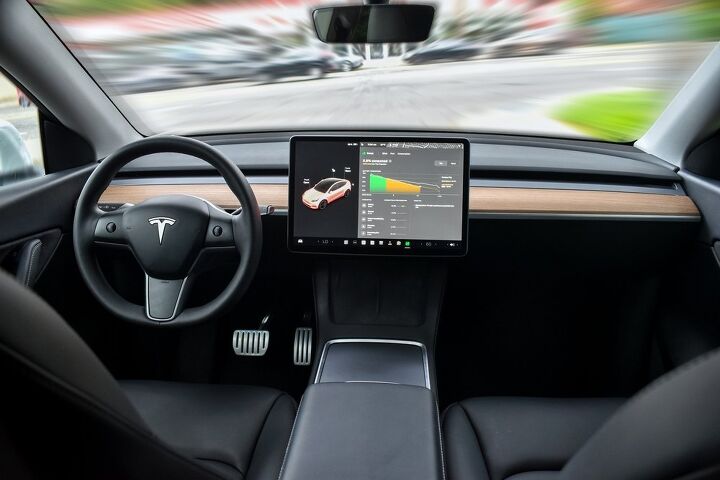How the World Views Autonomous Vehicles
In a recent global survey conducted by Maison Law, a personal injury law firm based in Fresno, California, the levels of trust and comfort with autonomous vehicles were explored across different countries. The survey aimed to understand the global perceptions and readiness for sharing roads with these technologically advanced vehicles.
Varied Trust Levels Across Countries
The study revealed a diverse range of trust levels among the populations of various countries. Notably, individuals from China, Russia, and the United Arab Emirates (UAE) exhibited the highest trust in autonomous vehicles. The survey showed that more than 80 percent of respondents from these countries are comfortable with the idea of sharing the roads with autonomous vehicles.
Conversely, the United States, Japan, and South Korea demonstrated lower levels of trust. In these countries, approximately half of the survey participants expressed discomfort with the presence of autonomous vehicles on the roads.
Country-Specific Findings
- United Arab Emirates – 88 percent
- United States – 57 percent
- Germany – 71 percent
- United Kingdom – 74 percent
- Israel – 66 percent
- China – 94 percent
- Canada – 60 percent
- Australia – 63 percent
- Japan – 52 percent
- Russia – 89 percent
- South Korea – 52 percent
Implications and Future Directions
The survey's findings suggest a broad spectrum of public trust in autonomous vehicles, influenced by geographical and possibly cultural factors. These variations indicate the need for tailored approaches in the introduction and integration of autonomous vehicles within different societies.
Understanding these perceptions is crucial for policymakers, automotive manufacturers, and technology companies as they navigate the complexities of introducing autonomous technologies to the public. Building trust through transparency, safety assurances, and public education will be key to fostering a harmonious coexistence between autonomous vehicles and human drivers.
This article was co-written using AI and was then heavily edited and optimized by our editorial team.
More by TTAC Staff
Latest Car Reviews
Read moreLatest Product Reviews
Read moreRecent Comments
- SCE to AUX Here's a crazy thought - what if China decides to fully underwrite the 102.5% tariff?
- 3-On-The-Tree They are hard to get in and out of. I also like the fact that they are still easy to work on with the old school push rod V8. My son’s 2016 Mustang GT exhaust came loose up in Tuscon so I put a harbor freight floor jack, two jack stands, tool box and two 2x4 in the back of the vette. So agreed it has decent room in the back for a sports car.
- Kjhkjlhkjhkljh kljhjkhjklhkjh so what?? .. 7.5 billion is not even in the same hemisphere as the utterly stupid waste of money on semiconductor fabs to the tune of more than 100 billion for FABS that CANNOT COMPETE in a global economy and CANNOT MAKE THE US Independent from China or RUSSIA. we REQUIRE China for cpu grade silicon and RUSSIA/Ukraine for manufacturing NEON gas for cpus and gpus and other silicon based processors for cars, tvs, phones, cable boxes ETC... so even if we spend trillion $ .. we STILL have to ask china permission to buy the cpu grade silicon needed and then buy neon gas to process the wafers.. but we keep tossing intel/Taiwan tens of billions at a time like a bunch of idiots.Google > "mining-and-refining-pure-silicon-and-the-incredible-effort-it-takes-to-get-there" Google > "silicon production by country statista" Google > "low-on-gas-ukraine-invasion-chokes-supply-of-neon-needed-for-chipmaking"
- ToolGuy Clearly many of you have not been listening to the podcast.
- 1995 SC This seems a bit tonedeaf.

































Comments
Join the conversation